- Home
- Cooking
- Roasting
- Frying
- Stir Frying
- Braising
- Steaming
- Baking
- Marinating
- Grilling
- Candy Making
- Deep-Frying
- En Papillote
- Curing
- Glaze
- Skewers and Kebabs
- Infusion
- Juicing
- Gravies and Sauces
- Making Pasta
- Outdoor Cooking
- Poaching
- Reduction
- Sautéing
- Soups and Broths
- Preserving Methods
- Fondue Methods
- Pané Methods
- Making Stocks
- Making Bread
- Griddling Methods
- Savoury Bakes
- Stews
- Making Salads
- About Cooking Crashes
- My Man's Cooking
- Patés and Terrines
- Roasting Meat
- Gardening
- Recipes
- Cakes and Bakes
- Fish
- Desserts
- Soups
- Stir Fry
- Meat
- Starters
- Snacks
- Smoothies
- Brunch
- Savoury Pies
- Vegetarian
- Salads
- Pasta
- Rice Dishes
- Picnic
- Stews
- Jams and Chutneys
- Burgers and Meatballs, Vegballs and Fishballs.
- Festive Recipes
- Sides
- Breakfast
- Pizza and Tartiflette
- Lunch
- BBQ and Grill
- Savoury Bakes and Gratins.
- Fondues
- Raclettes
- Leftover Recipes
- Sauces, Vinaigrettes, Dressings and Dips
- My Recipes
- Seasonal
- Tips
- Ingredients
- Cheese
- Fruits
- Vegetables
- Meat
- Fish
- Eggs
- Breads and Bakes
- Spices
- Herbs
- Sauces, Pastes and Stocks.
- Nuts
- Dairy
- Condiment
- Seaweeds
- Baking Ingredients
- Seeds
- Pastas and Noodles
- Pastries and Batters
- Shellfish and Seafood
- Oils, Vinegars and Cooking Fats
- Leaves
- Preserved Food
- Snacks
- Stuffing and Mincemeat
- Edible Succulents
- Edible Flowers
- Tofu
- The Unusual Delicacies.
- Honey
- Rice
- Sommelier
- Pets
- Wildlife
- News
- Reviews
- About
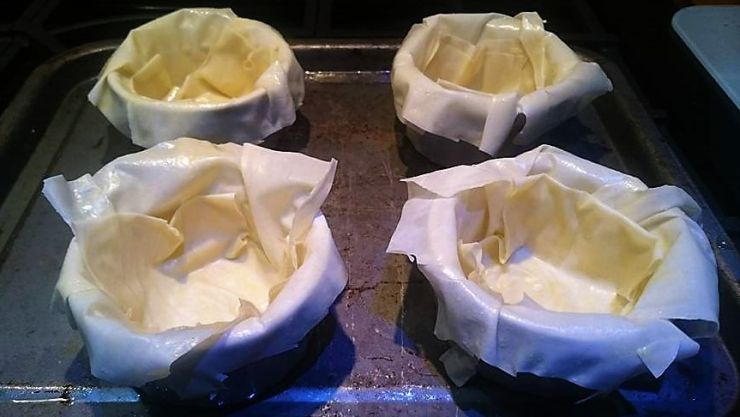
Filo Pastry.
To be honest with you all, I find Pastry difficult to do. I can just manage Short Crust Pastry. For the rest I tend to cut all the corners and just buy shop bought Pastry. However I really intend to learn how to make Puff Pastry because I love it so, so much.
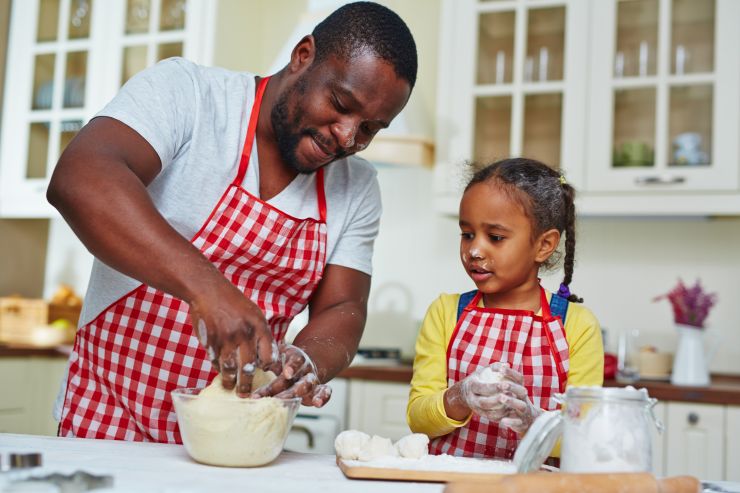
There is something lovely about passing on a skill to someone, for me it was just Short Crust Pastry which I got from my Mum as well as Apple Pie and Pancakes.
There is one thing for Pastry, it can get rid of Bingo wings better than a membership to the Gym but also it can feed a Man with a Sweet Tooth. My favourite is to do a nice Apple Pie, next would actually be more Savoury for the use of Short Crust Pastry. It is doing Quiches but also Flamiches Picarde.

Rolling Pastry requires some elbow grease as per say. It is a good Work-Out.
Now as I said I want to learn how to make Puff Pastry because then it opens a world of possibilities: Home Made Croissant for Breakfast, Cinnamon Rolls for a quick Snack before Lunch, Pain au Chocolat at Tea Time, Cheese Straws while watching a movie, Vol au Vent for Starters or a Cocktail Party. To cover a Savoury Pie with a nice light and fluffy lid as a Main... Puff Pastry is one I need to know at the tip of my fingers.
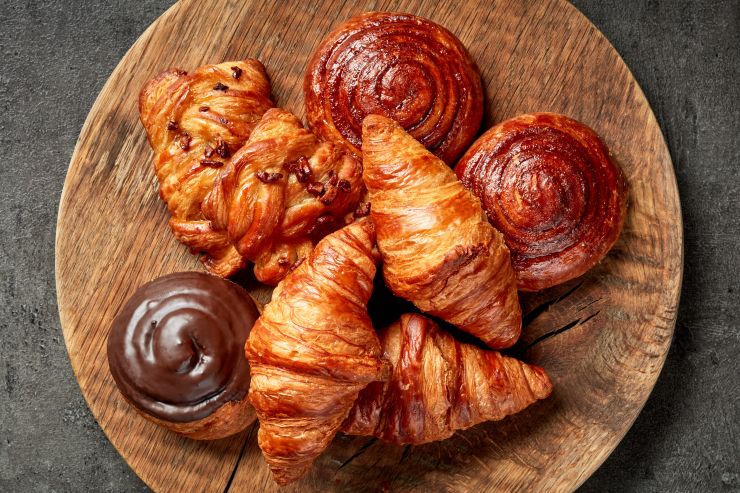
Pastries... Shall we say a world of delight. When my Mum came to pick us up from School at 4.30 pm within her wicker basket we had Pastries. For my Brother it was the Pain au Chocolat, for my Sister it was a Butter Croissant and for me it was a Pain aux Raisins. We had the Pastries we loved and we talked to her about our day at school, how it went and what homework we had to do. The good old days...
Another delicious Pastry is the Sweet Pastry. Most often used to do Fruits Tart, Sweet Pastry is buttery and almost melt in the mouth. In my Childhood, usually on Sunday at Tea Time, my Dad used to bring a box from 'La Patisserie'. There is a clear distinction a Boulanger/Baker and a Patissier however one doesn't cancel the other and a Baker can transform is shop as a 'Boulangerie-Patisserie.' As per say or to compare it to something it is like the Boulanger/Baker as a status of someone who has achieved a GCSE but the Patissier is the one who has a University Degree.
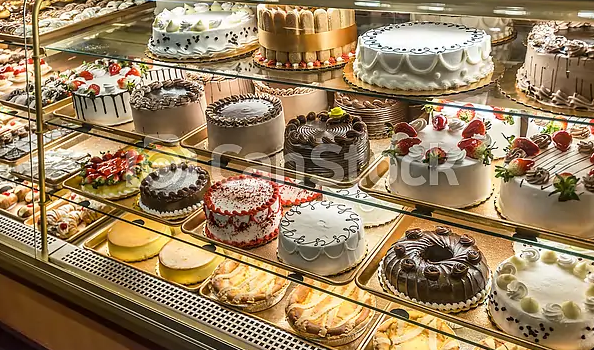
A display within a Patisserie. The distinction there is about the attention to details, a certain 'Je ne sais quoi' which makes that getting a patisserie or a Cake from one Patisserie makes the experience special. It is an elevated treat as per say that you will be enjoying.
On that same line I would add that if the Bread is for everyday the Patisserie is for Sunday and Special Occasions. You would turn to the Patissier to prepare a Birthday Cake, a Wedding Cake or an Anniversery one. For our Sunday Tartlets for a family of five it was a mix bag with everyone having a different taste: My Dad would opt for a Chocolate Tartlet with flaked Almonds on top, My Mum would choose a Cherry one which was usually done with a drop of Kirsch within the Glaze. My Sister would choose a Raspberry Tartlet, my Brother a Srawberry one and myself a Multi Fruits One called the Tutti Frutti.
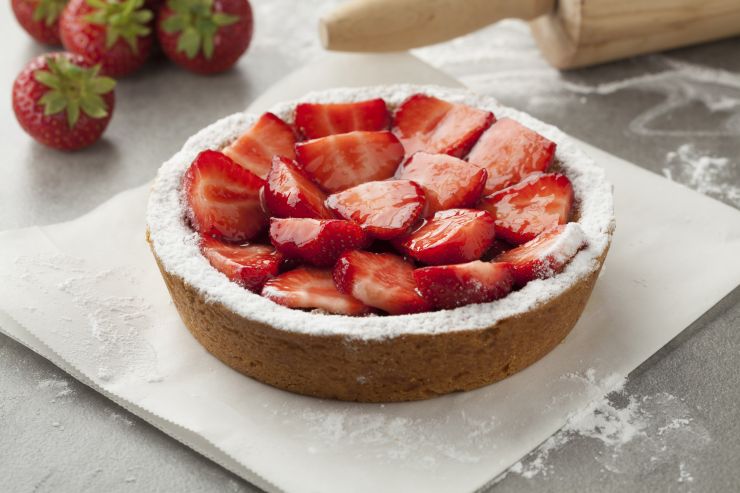
Home Made Strawberry Tart using Sweet Pastry.
That Tea Time Treat on Sunday was more of a Spring and Summer affair because during Autumn and Winter we had other Patisseries which this time involved another Pastry: The Choux Pastry... You all know of course the Profiteroles. However Profiteroles are also part of the sunny days when a couple is getting married... They could sing together 'Love is in the Air'. The intricacy of building that tower cone of Profiteroles is a huge task to be left to the professionals.
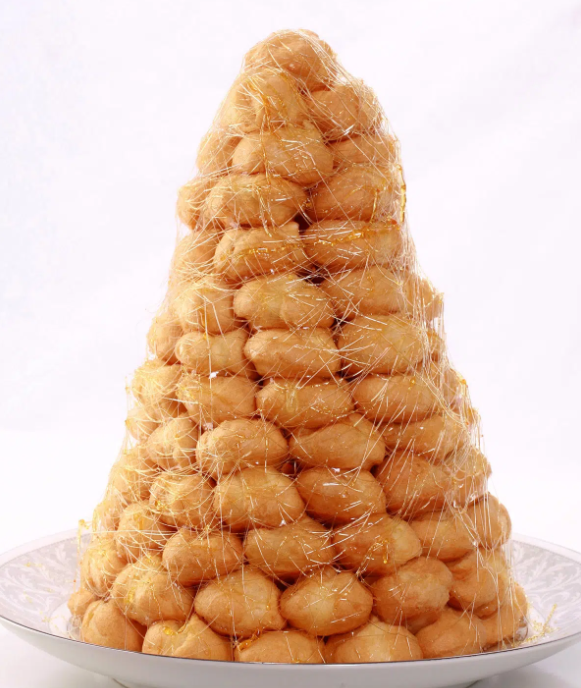
Profiteroles, or Choux Buns are a classic for Weddings such as the Wedding Cake is.
The Choux Pastry is a rather delicate task to do but it is so satisfying to learn as a skill. The fact is you only need Milk, Butter, some Salt, Sugar, Plain Flour and Eggs plus the Eggwash. This is the base, the rest is up to you to make it work the way you want to use it. The quantities of every Ingredient will vary accordingly. It is almost a balancing act. There I would recommend a Book called 'Eggs' by (RIP) Michel Roux, the uncle of Michel Roux Jr. It does explain how to make Choux Pastry.
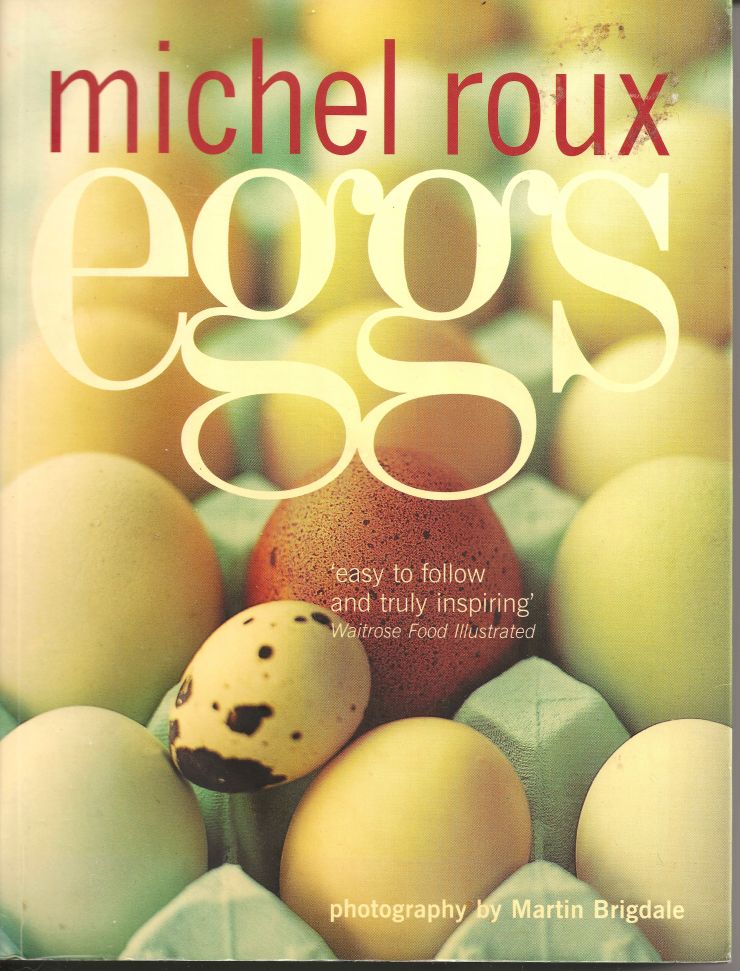
This Book is a must have for any Cook. I did learn so much from it.
Sundays, in the cold months of the year, we usually had Tea treats which would be made from Choux Pastry: Mum had a 'Religieuse au Café' and my big Sister was going for a Coffee éclair. For my Brother it was a whatever he wanted at that time, but for me it was always a Chocolate éclair.
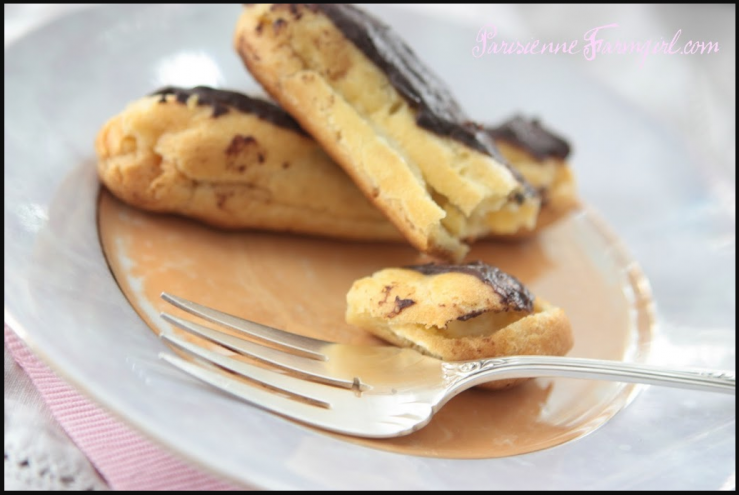
Chocolate Eclair one of my favourite treats.
Somehow it did mark that day of the week to have those Patisserie treats. It just felt special. For my Father it was always a Mille Feuille which is layered with aired Puff Pastry.
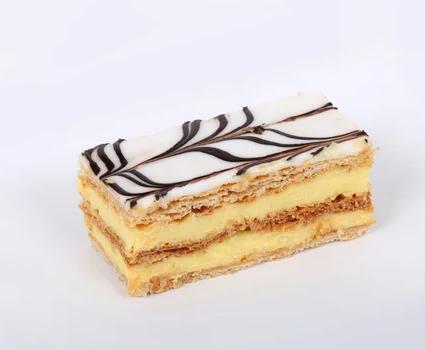
Mille Feuille translate to a thousand leaves in English. It means that the Pastry is multi layered but the little Cake itself is multi layered. Nowadays they are many interpretations of that patisserie which keep the concept alive and thriving.
We spoke about Pastry mainly on the sweet side however we mustn't forget that Pastry has been used for a very long time, centuries, as a crust or a wrap to be a recipient to withold Food. I will just take the exemple of the 'Pasty'. Of course, anyone can think of the Cornish Pasty, a fame and history that can not be denied. The Pasty enclosed Meat and Veg to be eaten when it needed to be eaten. It is not a quick fix in our nowadays standards, it was food on the go which could get you from A to Z or carry on working.
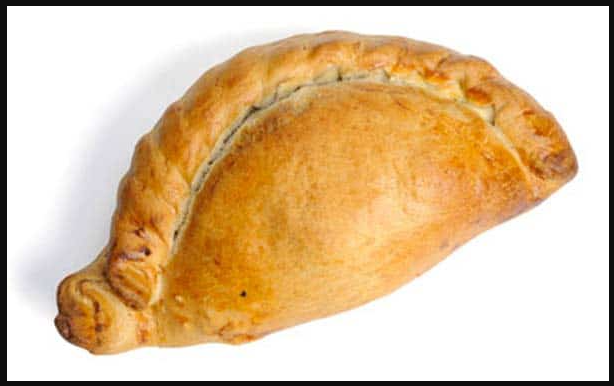
Cornish Pasty. Those are an entire Meal within a Pastry casing. The filling is always open to discussion and contention. Purists on one side want to establish everything set in stone and the others who live to develop a good base recipe to become another good recipe. The question is who created the first recipe if there is one? It is a tradition and tradition does evolve with time. The base will always be there, it is just like the Odysseus of Homer, the story was carried on generation after generation, words being said, and changing through time slightly, but the main Story is still there with us. It has been kept from dissapearing in the mist.
In a similar way we have Filo Pastry. It can hold many ingredients in a little roll, parcel or case. It is much thinner than other Pastries, which can make it either crispier or softer. This has its advantages. Filo Pastry is great for creating Canapés, Starters, Amuse-Bouche. It can be hard to handle because of how thin this Pastry is but it can also give great results. Layering is usually needed, then also a binding such as using melted Butter, or an Egg wash.
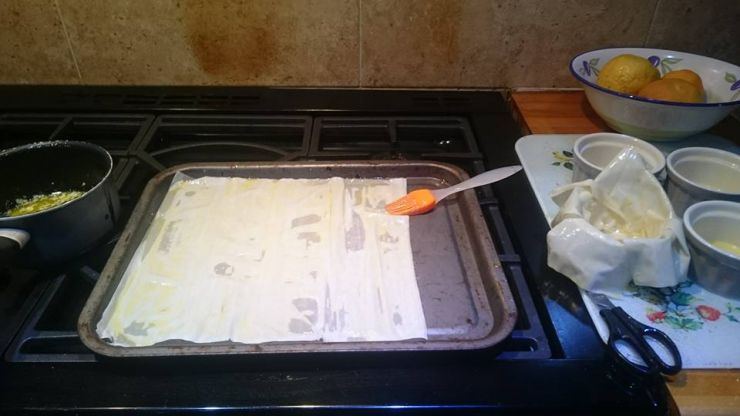
Buttering the Filo Pastry for the Pot pies. It does help to give a lovely colour and taste to the Pastry but also to glue them together for a nice solid hold for any filling you decide to fill them with.
The Filo Pastry has the advantage to be quick to cook, and to be very versatile. However it can be brittle when overcooking it, so layering it does give a better outcome. So this has to be kept in mind. The glue for the layers either Eggs or Milk or Butter or substition for those Ingredients for Veggan, can offer a very nice additional taste to the Dish.
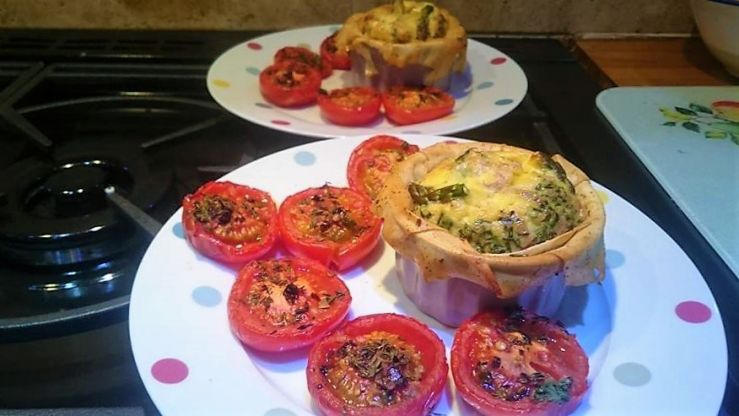
The Quiche Pot Pie Ham Hock and Asparagus served with Provencal Tomatoes. This was a little number which the Filo Pastry helped to deliver. It is simple yet very effective for a light Dinner or a Starter.
Filo Pastry is also used to make the famous Samosas. Mainly Western Asian in origin, the Samosa is a little parcel of goodness usually in a triangular shape filled with Spiced Potatoes, Peas, and Onions. Meat, Fish or other Ingredients can be added into the mix. It can be regarded as Street Food but also as Starters or as accompaniement for a Buffet or an Indian Meal night. There is a great skill in order to make them which is usually passed from generation to generation. It is simply Culinary knowledge being handed out.
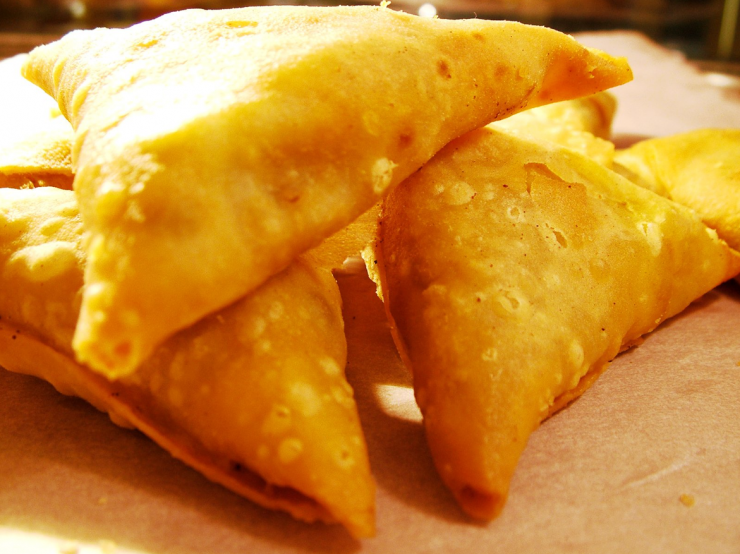
Samosas. Crispy parcels of spicy joy. My favourites are with minced Lamb, spiced Potatoes, Onions and Peas.
Many cultures all around the World have their different ways with Pastries, from see through thin ones to thicker ones, from steamed to fried, from soft to crispy... One thing however remains almost the same everywhere which is that the main use for them is to hold a content of some sort. From place to place, the base of the Pastry may vary from Rice Flour, to Wheat Flour passing by many more. The important thing here is that a mouthful of them are little bundles of joy.
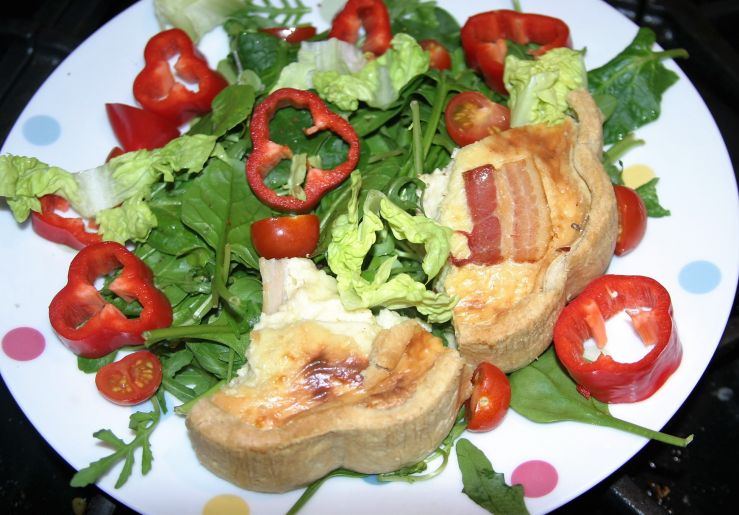
Pastry is a good carrier for a filling. Being French, I do enjoy a good Quiche which is mainly made from short crust Pastry. The one above is filled with slices of Bacon Rashers within instead of diced Bacon. It is accompanied with a simple Salad of Romanesco Pepper, Baby Spinach, Cherry Tomatoes and a little Gem Lettuce. It is served with French Vinaigrette.
One of the important thing to know about Pastries especially the Flan Pastry, the Sweet Pastry and the Short Crust Pastry is that they should be blind baked first for best result. The method is also called Blank Baking. It avoids what Mary Berry calls the soggy bottom on a Tart. Therefore using parchment paper or else foil, weighing it with dry Beans, even dry Rice, or Ceramic Baking Beans upon the Pastry will help it pre cook to a nice consistency. Hence when the Pie or Tart receives its filling afterwards, it will hold better especially if the filling is of a wet kind, like Custard.
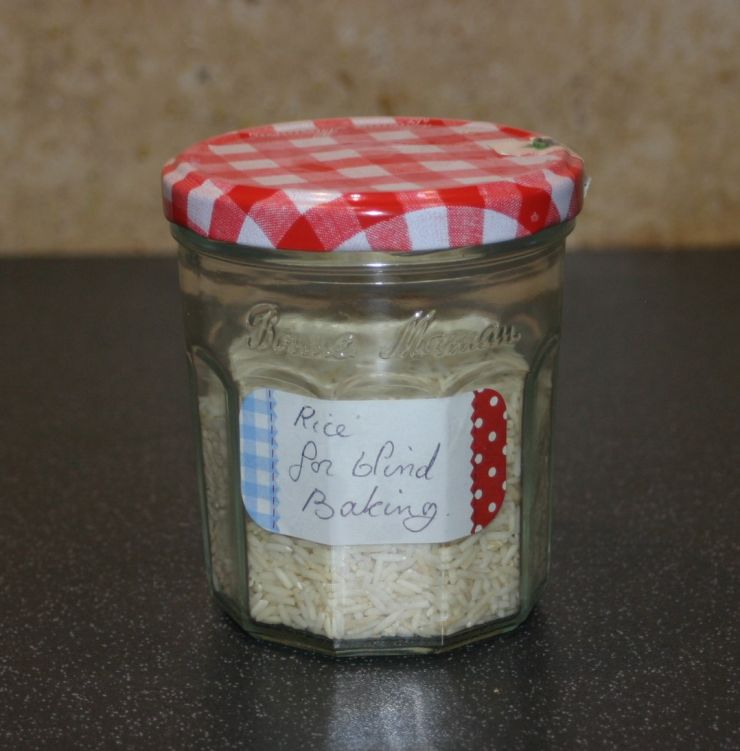
Personnaly, I use Rice for Blind Baking upon Parchment Paper. To keep a Jar in the Baking Ingredients cupboard is always useful. It last for years of lots of good use. Blind Baking is a process which doesn't take very long, around 15 to 20 minutes. But it does give strength to the Pastry to withold the content to cook within it afterwards. Another method was to prick the base of a Pie with a fork (multiple times) to let the steam out of the Pastry in order for it to get that stronger consistency.
The thicker the Pastry is, is not usually the better, it can help, yes, but 3 to 5 mm, is as a rule of thumbs the refined way. Of course we are still talking about Tart and Pie casing at this moment in time. I will admit that when it comes to do savoury Pies, I tend to go to the thicker side of it. We did speak a lot about the casing, the bottom, but the Pastry lid is also a big deal. It can be decorated, clumsy at time or fanciful. To be honest mines are rather clumsy. They do lack finesse most of the time. Then I will come up with a 'The Proof is in the pudding: Nobody is perfect'.
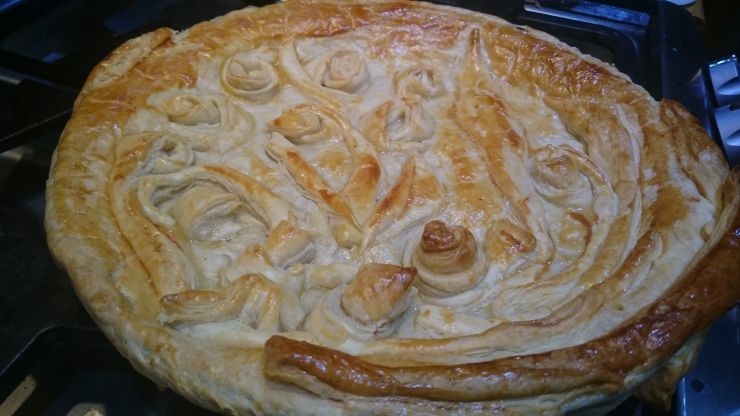
One of my Ham, Leeks and Tarragon Pie's lid which was supposed to represent lots of little Rose buds on the top...
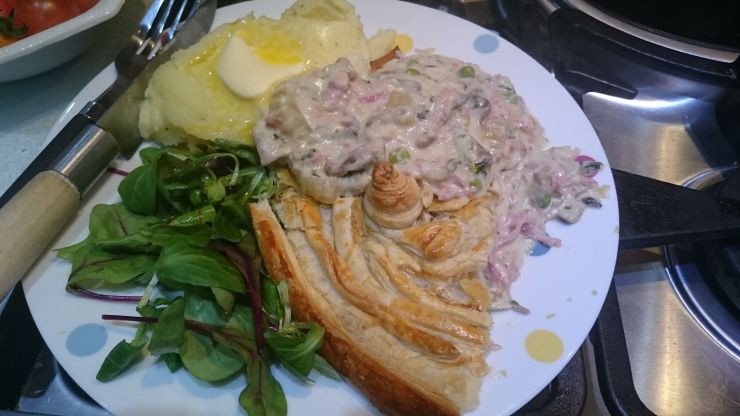
This Savoury Pie if it was not a looker delivered on taste. It was comfort food.
Thin Pastry on the other hand gives you the way to do small parcels, with the like of Filo Pastry or Rice Flour Pastry to make Spring rolls and much, much, more. Of course it is more delicate to handle, but not as hard as a short Crust Pastry or a Puff Pastry. Dealing with Pastries has always its difficulties: The time, the rolling, the quantity, the quality of the flour and of the craftmanship.
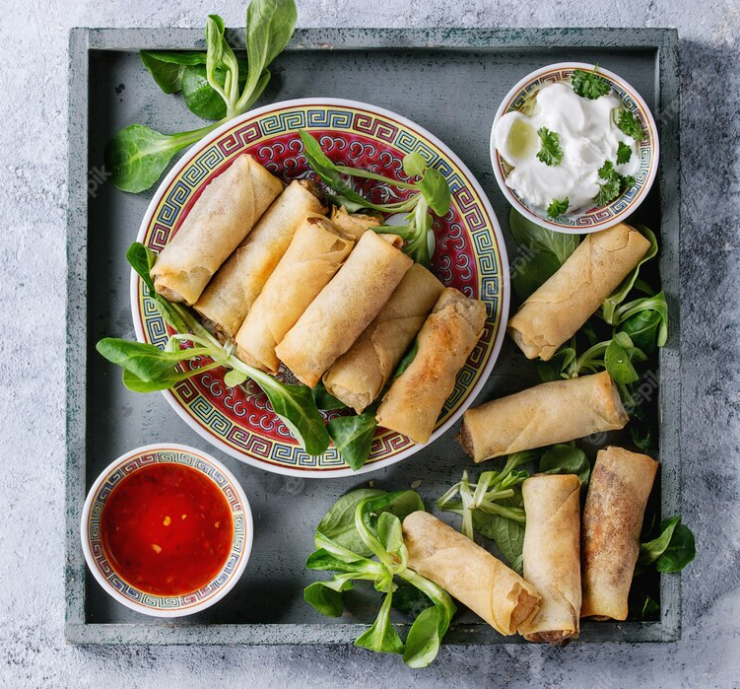
Spring Rolls, crispy treats to enjoy with company. To be honest buying the Pastry for Spring Rolls is probably cutting corners but it does help a great deal when time is short or when your mobility is challenged.
All in all Pastry is an Art to acquire. Do not be afraid to make mistakes because you will always learn from them therefore move forward and onward. Any Pastry may be tricky to master or learn, however once it is achieved, it will bring a banana smile upon your face.
